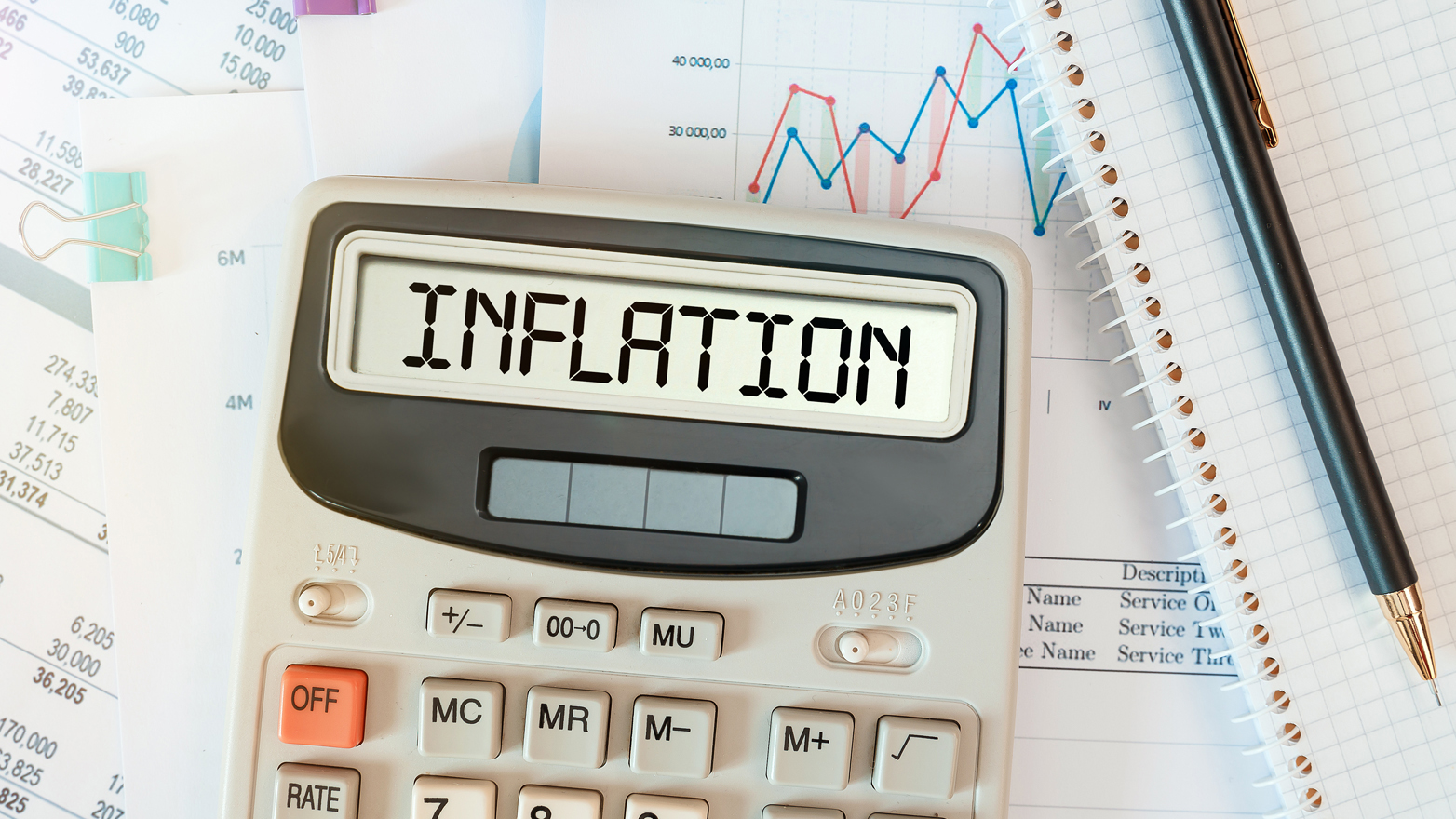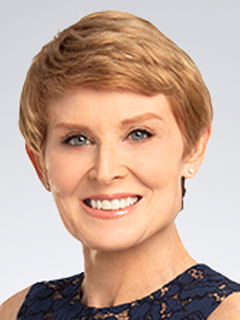Spending slips, inflation simmers
Consumers are saving more.

Personal disposable incomes rose 0.5% after surging 2% in January. The data for January were buoyed by unseasonably warm weather, a reluctance to lay off seasonal hires and the largest increase in Social Security payments on record.
Consumer spending rose a more tepid 0.2% in the month of February after being revised down for January. A sharp downdraft in vehicle sales and big-ticket items accounted for the weakness in February spending. There is some concern about how well we are capturing movement in the monthly data. Everything from the response rate on the government’s surveys to climate change and the inability to seasonally adjust an economy that has reopened after closing are complicating our read of the data and amplifying revisions.
The real GDP data released revisions to the fourth quarter were revised down from 2.7% to 2.6% Thursday. Consumer spending accounted for a good portion of the revisions; it looks as though it slowed to a crawl in the first quarter.
That is more consistent with other high frequency data on the economy. The spending momentum index by VISA captured a marked change in consumer behaviors in 2022 and early 2023, with inflation prompting more caution by a large swath of consumers. Spending on discretionary items weakened the most last year and into the start of this year.
The personal consumption expenditures (PCE) index rose 0.3% in February after surging 0.6% in January. A drop in energy prices helped to cool overall inflation, while food prices moderated. The PCE index rose 5% from a year ago in February after rising 5.3% in January.
That means that inflation-adjusted incomes rose, while inflation-adjusted spending contracted by 0.1% during the month. The difference showed up in yet another rise in the saving rate, which hit 4.6% in February, its highest pace since January 2022. That marked the first Omicron wave.
The desire to hold more saving is a trend we saw late last year. Work done by Oxford Economics suggests that much of the $1.1 trillion in excess saving left on consumer balance sheets from the pull-back in pandemic spending and stimulus resides in higher income households. They are much less likely to spend those reserves than the rest of households.
The core PCE index (excluding food and energy) rose 0.3% in February after rising 0.5% in January. That translates to a 4.6% increase from a year ago in February, off only slightly from the 4.7% pace of January.
The super core (services minus housing and energy) PCE index, which has become the Federal Reserve’s favored measure as it could be creating a floor under inflation, rose 0.3% in February. That is almost half the pace of January but marks an acceleration from a year ago at the start of 2023. We are now running at a 4.6% year-over-year pace of core services inflation in both months, after that index hit a 4.4% pace in the fourth quarter. That acceleration in underlying inflation measures is what has set off alarm bells at the Federal Reserve and prompted officials to stick to rate hikes, despite the recent credit market volatility.
The risk of an overshoot on rate hikes and a deeper, more scarring recession has gone up in recent weeks, as no one is quite sure how much credit markets will tighten or how the lags in monetary policy will work. Loan demand has already fallen across the board in response to higher rates. The Fed’s focus on data dependence could mean that it stops well after the fact, given lags in the data and concerns about how well it is actually measuring the economy at this time.
Bottom Line
Revisions to the data on spending were to the downside, but not enough to derail core services inflation, which is starting to look sticky. This has prompted the Federal Reserve to continue rate hikes, despite the additional credit market tightening now in the pipeline. The Fed’s goal is to chill the economy, not send it into a deep freeze. The risk of frost bite just went up.
That acceleration in underlying inflation measures is what has set off alarm bells at the Federal Reserve.
Explore more
Meet our team

Subscribe to insights from KPMG Economics
KPMG Economics distributes a wide selection of insight and analysis to help businesses make informed decisions.
